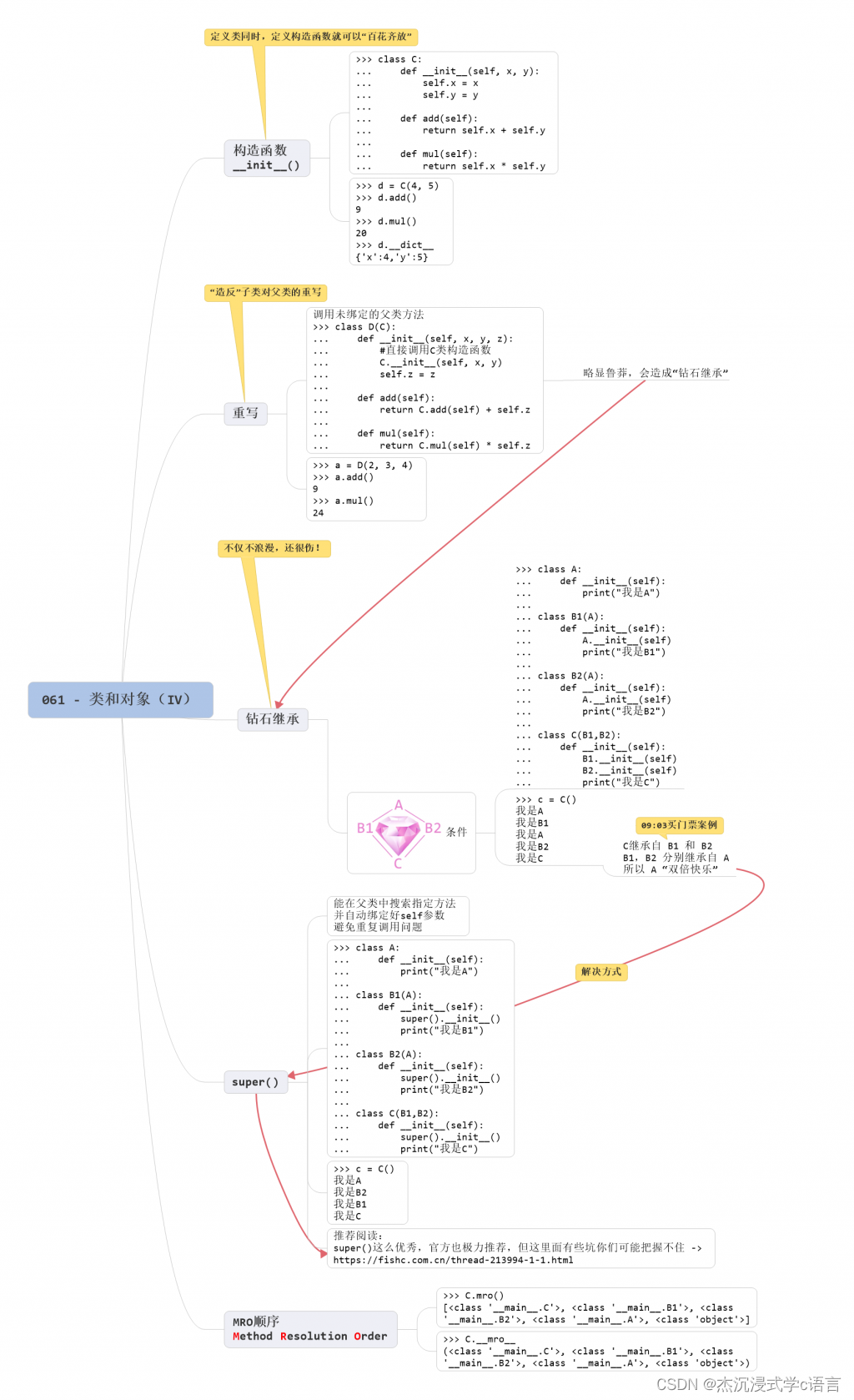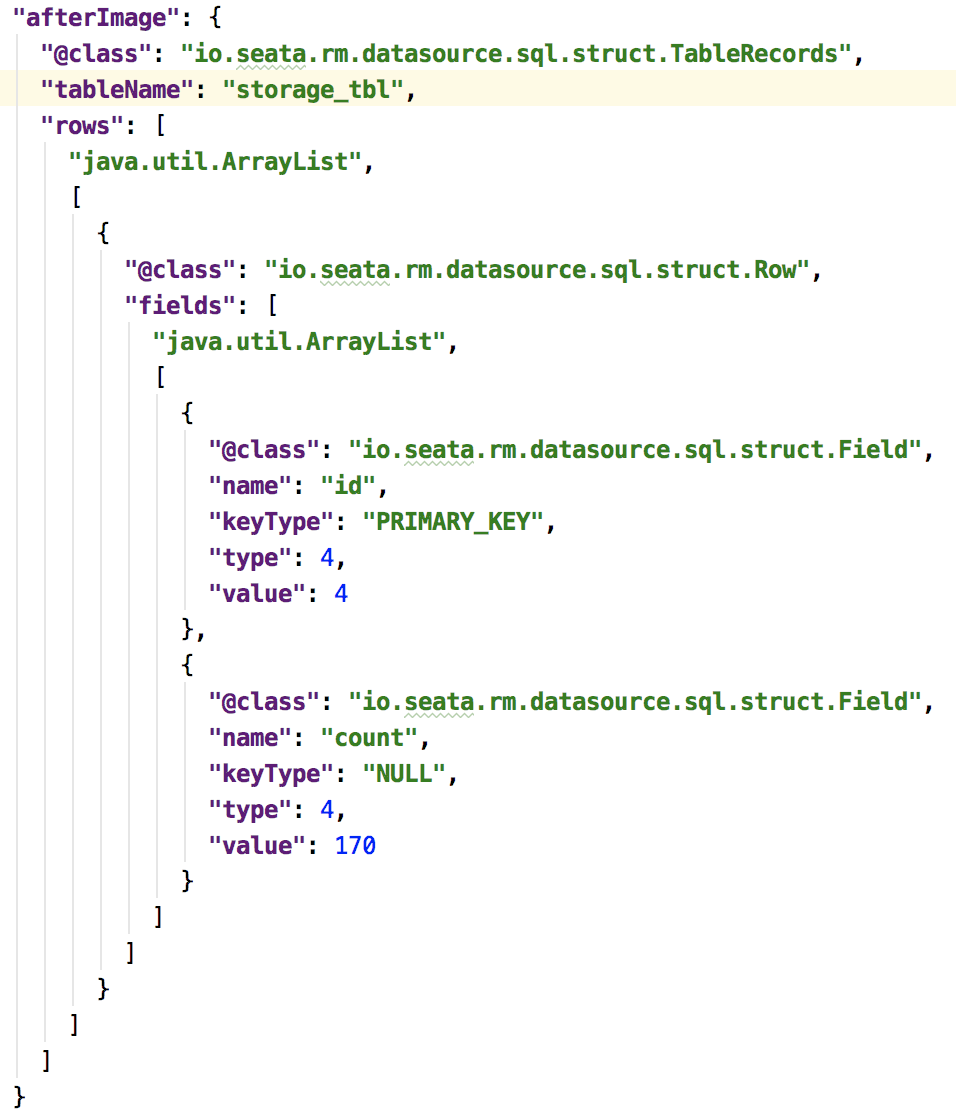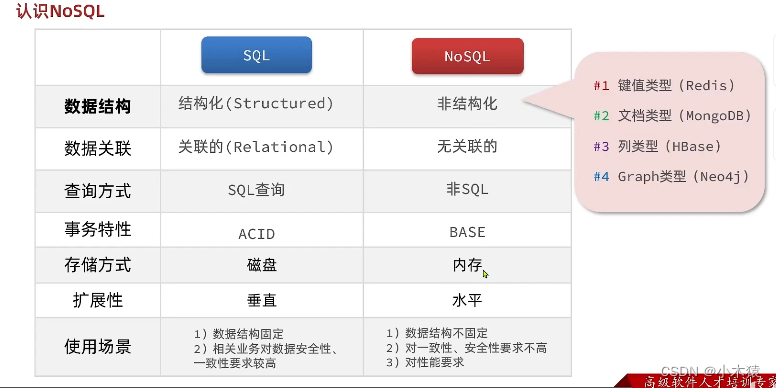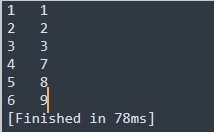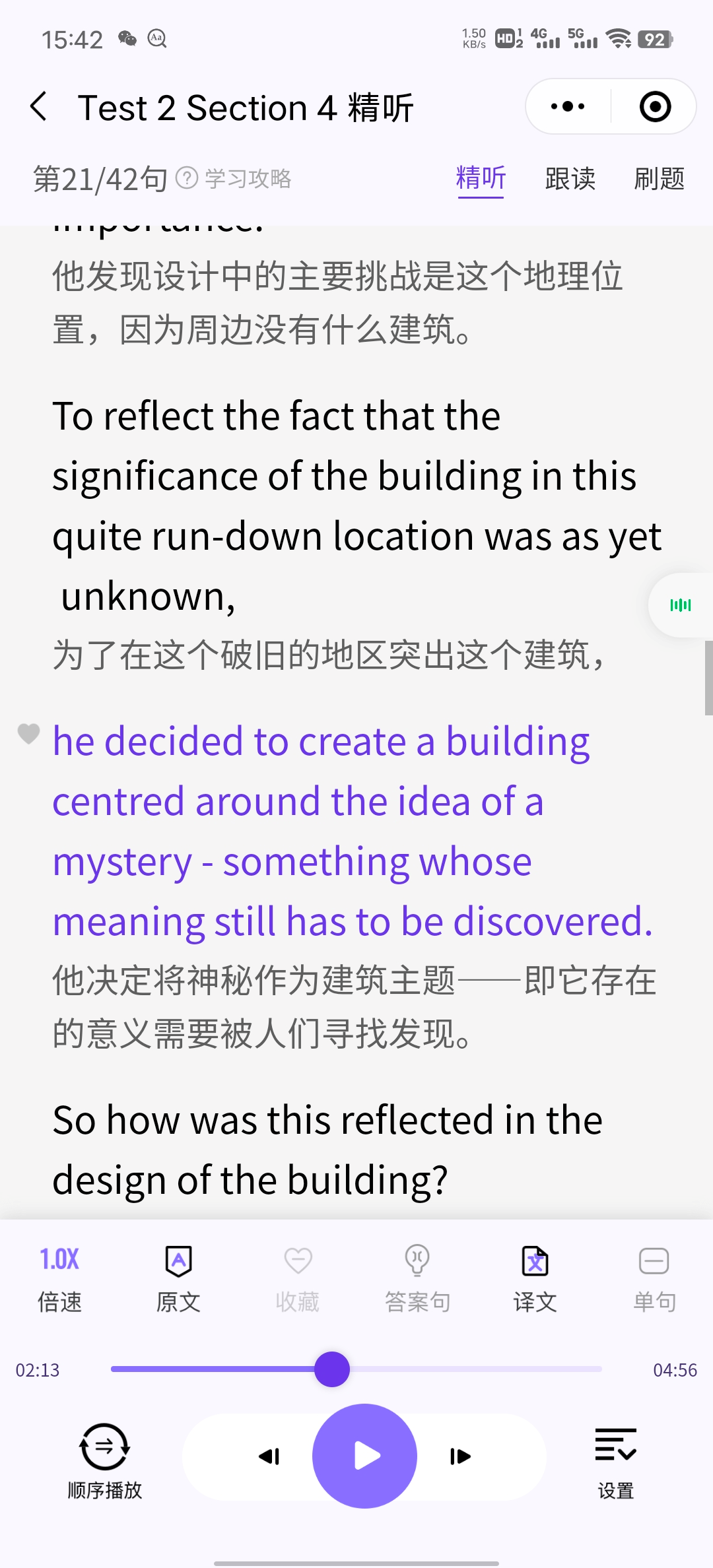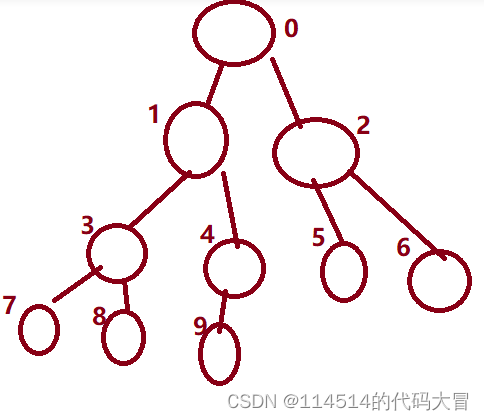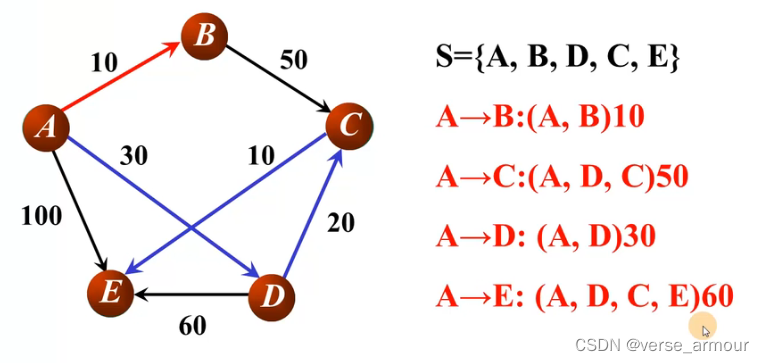1. 构造函数 (_ init _(self[,……]))
在类中定义 _init _() 方法,可以实现在实例化对象的时候进行个性化定制:
>>> class C:
... def __init__(self, x, y):
... self.x = x
... self.y = y
... def add(self):
... return self.x + self.y
... def mul(self):
... return self.x * self.y
...
>>> c = C(2, 3)
>>> c.add()
5
>>> c.mul()
6
2.重写
前面我们在 “继承” 中讲过,如果对于父类的某个属性或方法不满意的话,完全可以重新写一个同名的属性或方法对其进行覆盖。那么这种行为,我们就称之为是子类对父类的重写。
这里,我们可以定义一个新的类 —— D,继承自上面的类 C,然后对 add() 和 mul() 方法进行重写:
>>> class D(C):
... def __init__(self, x, y, z):
... C.__init__(self, x, y)
... self.z = z
... def add(self):
... return C.add(self) + self.z
... def mul(self):
... return C.mul(self) * self.z
...
>>> d = D(2, 3, 4)
>>> d.add()
9
>>> d.mul()
24
3.砖石继承
下面代码中,类 B1 和 类 B2 都是继承自同一个父类 A,而类 C 又同时继承自它们,这种继承模式就被称之为钻石继承,或者菱形继承:
>>> class A:
... def __init__(self):
... print("哈喽,我是A~")
...
>>> class B1(A):
... def __init__(self):
... A.__init__(self)
... print("哈喽,我是B1~")
...
>>> class B2(A):
... def __init__(self):
... A.__init__(self)
... print("哈喽,我是B2~")
...
>>> class C(B1, B2):
... def __init__(self):
... B1.__init__(self)
... B2.__init__(self)
... print("哈喽,我是C~")
...
钻石继承这种模式,一旦处理不好就容易带来问题:
>>> c = C()
哈喽,我是A~
哈喽,我是B1~
哈喽,我是A~
哈喽,我是B2~
哈喽,我是C~
看,“哈喽,我是A~” 这一句竟然打印了 2 次!
也就是说,类 A 的构造函数被调用了 2 次!
怎么解?
看下面~
4.supper()函数和MRO顺序
上面这种通过类名直接访问的做法,是有一个名字的,叫 “调用未绑定的父类方法”。
通常使用其实没有多大问题,但是遇到钻石继承嘛,就容易出事儿了~
那么其实 Python 还有一个更好的实现方案,就是使用 super() 函数。
super() 函数能够在父类中搜索指定的方法,并自动绑定好 self 参数。
>>> class B1(A):
... def __init__(self):
... super().__init__()
... print("哈喽,我是B1~")
...
>>> class B2(A):
... def __init__(self):
... super().__init__()
... print("哈喽,我是B2~")
...
>>> class C(B1, B2):
... def __init__(self):
... super().__init__()
... print("哈喽,我是C~")
...
>>> c = C()
哈喽,我是A~
哈喽,我是B2~
哈喽,我是B1~
哈喽,我是C~
之所以 super() 函数能够有效避免钻石继承带来的问题,是因为它是按照 MRO 顺序去搜索方法,并且自动避免重复调用的问题。
那什么是 MRO 顺序呢?
MRO(Method Resolution Order),翻译过来就是 “方法解析顺序”。
想要查找一个类的 MRO 顺序有两种方法~
一种是通过调用类的 mro() 方法:
>>> C.mro()
[<class '__main__.C'>, <class '__main__.B1'>, <class '__main__.B2'>, <class '__main__.A'>, <class 'object'>]
>>> B1.mro()
[<class '__main__.B1'>, <class '__main__.A'>, <class 'object'>]
另一种则是通过 mro 属性:
>>> C.__mro__
(<class '__main__.C'>, <class '__main__.B1'>, <class '__main__.B2'>, <class '__main__.A'>, <class 'object'>)
>>> B2.__mro__
(<class '__main__.B2'>, <class '__main__.A'>, <class 'object'>)
注:这里大家会看到它们都有一个 <class ‘object’>,这是因为 object 是所有类的基类,所以就算你不写,它也是会被隐式地继承。
supper()函数同时存在一些问题,顺序不确定
5.思维导图
